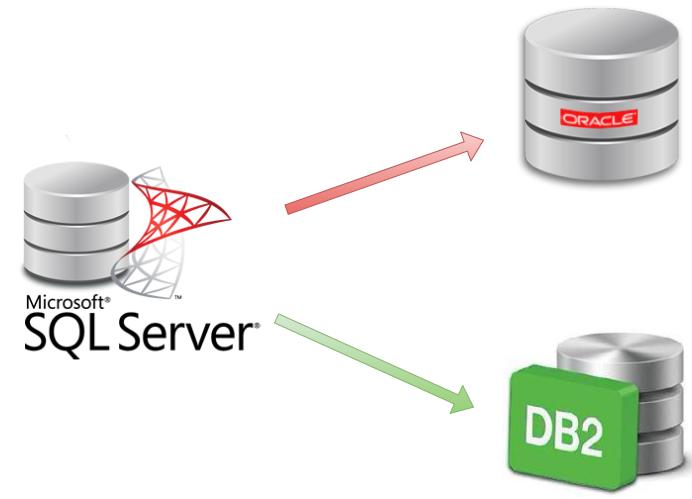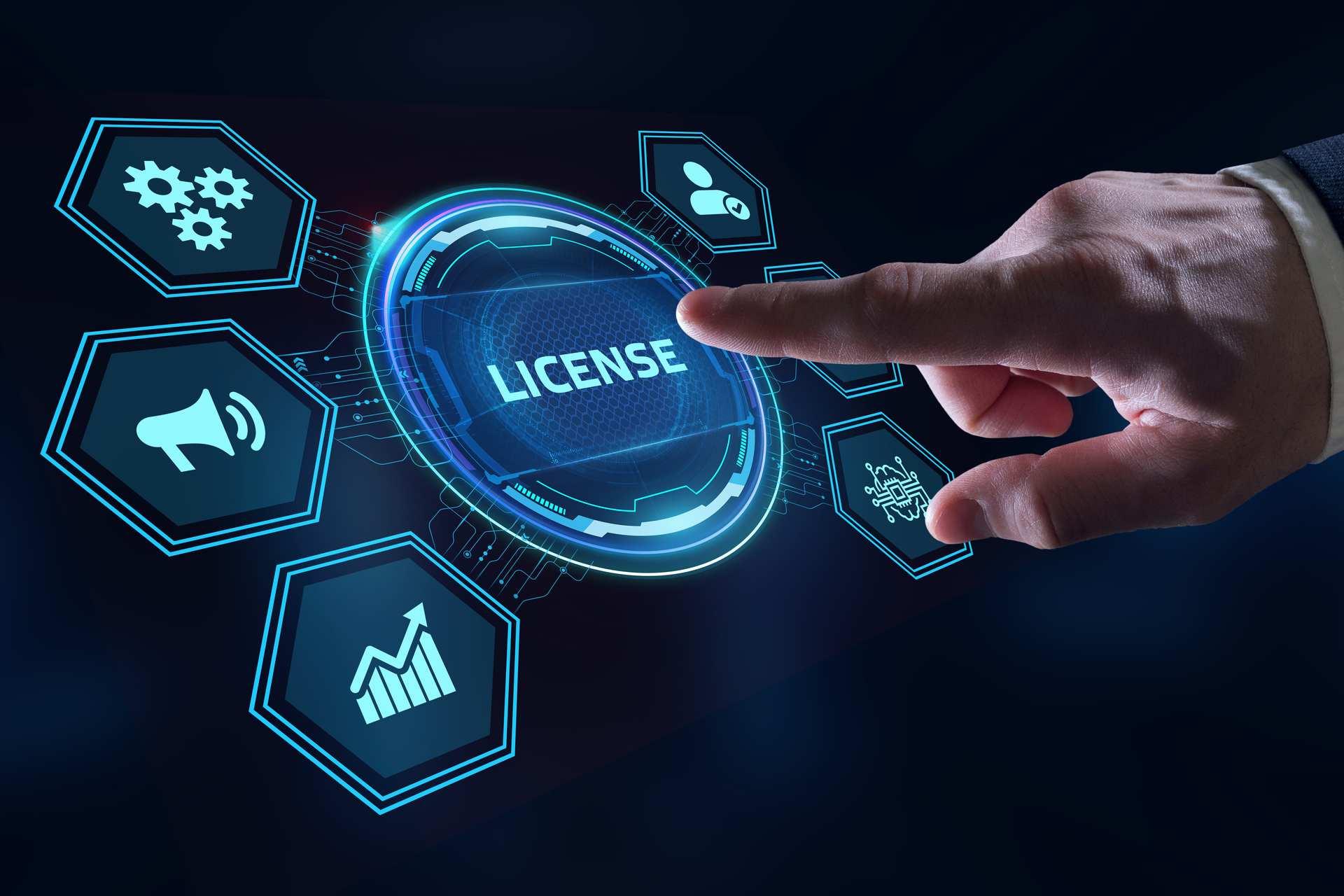Introduction
In the ever-evolving digital landscape, embracing change is the key to staying ahead. IBM's Engineering Lifecycle Management (ELM), often referred to as Jazz, has released an important new version called 7.0.3 with big changes.
This article explores the latest features and innovations in ELM 7.0.3, with a specific focus on how these updates impact infrastructure and development. We will delve deeper into these changes to understand their significance in the ever-evolving world of engineering lifecycle management.
Switching to Java 11 Runtime
In IBM ELM version 7.0.3, we say goodbye to Java 8 and welcome Java 11. This transition brings a host of benefits, including improved performance, enhanced security, and better compatibility with contemporary applications. With this upgrade, users can confidently navigate the evolving technology landscape.
1.) Java
New APIs for Enhanced Integration
ELM introduces an array of new Application Programming Interfaces (APIs). These APIs not only expand the possibilities for integration but also empower developers with tools to customize and adapt the system according to their specific needs. This flexibility ensures that ELM can seamlessly integrate with other tools and applications, making it an even more valuable asset for businesses.
The WebSphere Liberty
One of the significant changes in ELM 7.0.3 is the introduction of WebSphere Liberty as the primary application server. Users can now choose to use WebSphere Liberty either as a standalone server or integrate it into their system, offering greater flexibility to suit their infrastructure's specific needs. This enhances flexibility for users.
2.) Websphere Liberty
Migration from MS SQL Server
ELM 7.0.3 no longer supports MS SQL Server, which means users currently on MS SQL must undertake a data migration journey. The process involves utilizing 'repotools' for 'concurrentExport' and 'concurrentImport' to shift data to DB2 or Oracle before initiating the upgrade. While this might appear as a challenge, it's a necessary step to enjoy the benefits of the latest version.

3.) SQL Server Migration
Transition to IBM Common Licensing Version 9
The licensing model is also changing with the introduction of IBM Common Licensing Version 9. This shift is crucial for those upgrading from ELM 7.0.2 or older versions. It streamlines the licensing process and ensures that the correct entitlements are in place.

4.) Licensing
Elevated Logging with Log4j v2
ELM's logging system takes a giant leap with the adoption of Log4j version 2. The upgraded system brings changes to log formatting and filenames, starting from 7.0.2 SR1 (iFix015). This not only offers a more sophisticated view of system activities but also assists in advanced log management. For more information about the new properties format, see the Logging Services in the Apache Log4j 2 documentation.
Improved TRS Validation
Rational Quality Manager (RQM) users will appreciate the upgraded foundation TRS validation in ELM 7.0.3. This feature becomes available with 7.0.2 iFix23 or later. It plays a vital role in enhancing the quality of tests, helping users identify and rectify issues more efficiently.
Transitioning to Java 11 in EWM
Users of Engineering Workflow Management (EWM) need to take note of the system's adoption of Java 11. While this transition promises enhanced performance, it may impact existing extensions. Thus, users must ensure that their extensions are compatible with the new version.
P2-Based SDK
A significant transformation occurs in the Software Development Kit (SDK) in ELM 7.0.3. The shift to a P2-based SDK opens up new horizons for customization and integration. This advanced toolkit makes it easier for developers and system administrators to collaborate and work more efficiently.
Doors Next improvement
In version 7.0.3, DOORS Next has brought several performance improvements. It's now faster in various scenarios, like when you're dealing with lots of item states in your component, performing delivery and compare tasks, or handling the final stages of change set delivery. Searching for artifacts with many links (specific to IBM Db2 database) or custom views using filters is also speedier.
Even creating links in extensive datasets and opening views with numerous attributes and selected values is more efficient. Additionally, there's a reduction in the number of changesets created automatically during bulk operations. These enhancements make working with DOORS Next smoother and faster.
Development news
IBM ELM version 7.0.3 brings about essential developments in the world of software development. This upgrade brings support for Git 2.37.1 and Jenkins v2.346.2, making it easier to integrate these tools with your ELM environment. Moreover, it introduces compatibility with Node.js 18.12.1 and even Node.js v20.
These changes not only enhance your system's functionality but also keep it up to date with the latest software development practices. Whether you're using Git, Jenkins, Node.js, or other development tools, ELM 7.0.3 empowers your team to work efficiently and effectively.

5.) Computer Network
In Summary
IBM ELM (Jazz) version 7.0.3 is a big leap in engineering lifecycle management. It helps organizations make the most of the latest technology. These improvements are more than just staying up-to-date, they're about leading in a world where being adaptable and efficient is crucial for success. By embracing this future, ELM users are getting ready to achieve higher productivity and innovation.
For more technical information and news (for example: Upload SSL certificate using Enter connection credentials pop-up window, Improved performance of the upgrade process from 6.x versions to 7.x versions, Download limit of 4GB removed from Web UI folder download, News in IBM Knowledge Center is now IBM Documentation, etc.) contact Softacus on info@softacus.com.
Softacus Services
We, in Softacus, are experts when it comes to consulting and service delivery of IBM software products and solutions in your business. We help our clients to improve visibility and transparency when licensing and managing commercial software, providing measurable value while increasing efficiency and accountability and we are providing services in different areas (see Softacus Services).
IBM ELM extensions developed by Softacus are free of charge for the customers who ordered IBM ELM licenses via Softacus or for the customers who ordered any of our services. If you are interested in any of our IBM ELM extensions, you found a bug or you have any enhancement request, please let us know at info@softacus.com.
Related and Referenced Topics
Blog Articles:
Basics of Links and Link Types in IBM DOORS Next Generation - learn the basics about the linking and link types in IBM DOORS Next.
Linking Techniques in IBM DOORS Next - article explaining basic concepts and showing multiple ways of creation of links between artifacts.
Link By Attribute Feature in IBM DOORS Next - the article explains how to use the "Link by attribute" function to automatically create, update, or delete one or more links between artifacts based on values in the attributes of the artifact.
Softacus Widgets:
Link Switcher - widget developed by Softacus, that converts the context of artifacts links in a very short time.
Module Link Statistics - extension that provides users with a quick overview of the amount of the links in specific link types in a module.
Link Type Change- extension developed by Softacus designed to enhance the functionality of DOORS Next Generation by allowing users to manipulate the direction of a link or convert it to another type of link.
Links Builder- extension that allows the users to create a link between two artifacts in DOORS Next Generation according to the certain rules.
Link by Foreign Attribute - this extension allows users to create links between artifacts in the selected module(s), based on the attributes values.
Show Attributes of Linked Artifacts - this extension shows the attributes and links of the artifact that is currently selected.




